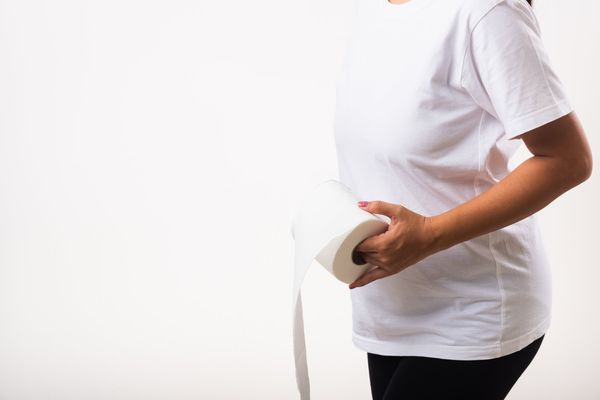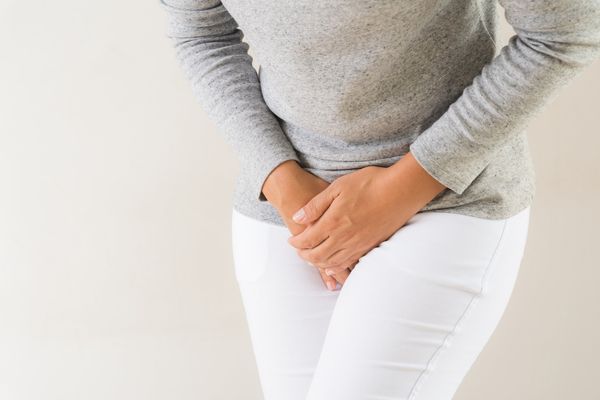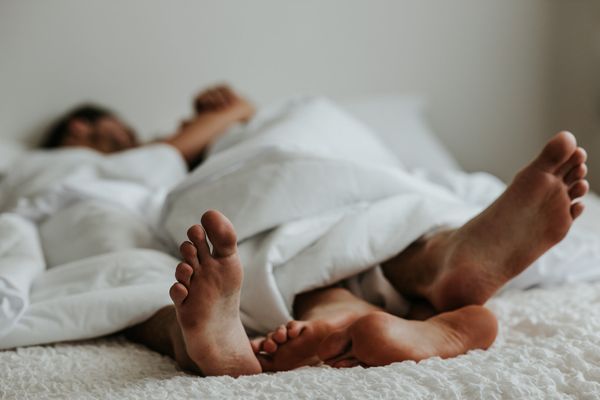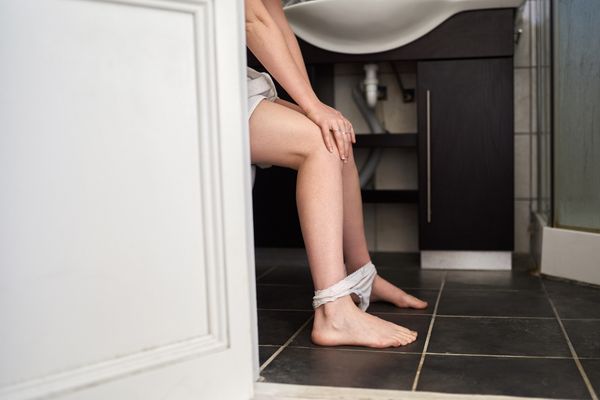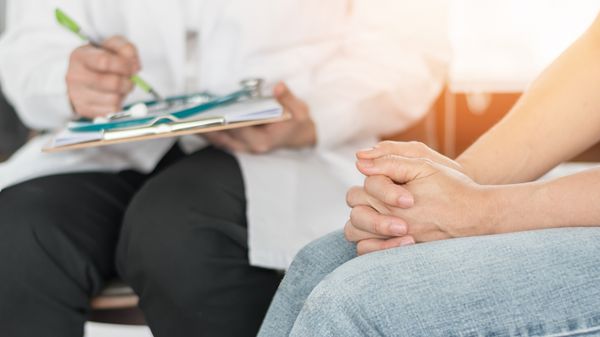Overactive bladder (OAB)—a group of urinary symptoms that includes an urgent need to urinate, usually frequently, with or without urinary leakage (incontinence)—affects about 46 million Americans, the majority of whom are women. Yet, only 16 percent of those bothered by OAB will receive treatment.
While many women are admittedly embarrassed to bring up the subject with their health care providers, doctors also appear reluctant to discuss OAB. One study found that even when a patient mentioned new or worsening incontinence, only 19 percent of physicians obtained an incontinence history and only 22 percent conducted a physical examination.
As OAB becomes more prevalent, it's important for all health care providers to recognize the symptoms and be willing to discuss them with their patients. An important part of diagnosing and treating OAB is determining how bothered a person is by the symptoms. If a person's daily life is not significantly affected, then there may be no need to immediately treat the symptoms. These determinations can be subjective, so it's important to encourage an open and honest dialogue with your patients about any bothersome urinary symptoms.
You may want to ask an open-ended question to help assess how much the person's daily life is affected by symptoms, such as, "How do your urinary problems make you feel, even when you aren't in the bathroom?"
Of course, "normal" varies from person to person. For most healthy adults, normal frequency consists of urinating every three to four hours, approximately six times a day. However, if a woman drinks a lot of fluids or takes a diuretic, she could urinate more frequently but might not consider it a problem. It's important to gauge disruption to a person's daily activities and quality of life, including work, relationships, sleep, sex and emotional well-being.
There are many assessment tools available to guide HCPs in diagnosing OAB, but an important first step is initiating the conversation. Here are some questions, adapted from the American Urological Association, that you may want to discuss with your patients to help determine if they have OAB and how bothersome it may be:
How often do you urinate during your waking hours?
How many times a night do you wake to go to the bathroom?
How much fluid do you drink each day, including water, soda, coffee, tea and all beverages, caffeinated or uncaffeinated?
What medications are you currently taking, both prescription and over-the-counter?
Do you feel the urgent need to urinate when you hear water running? Or when you walk in your house?
Do you ever have trouble getting to the bathroom in time?
Do your urinary symptoms affect your daily life? For example, do you avoid travel or going to places that may not have easy access to a bathroom? Do the symptoms affect your relationship with your partner? Do they affect your work?
Do you ever feel sad, anxious or depressed about your symptoms?
If a patient cannot answer these questions with any certainty, you may suggest keeping a diary of fluid intake and urinary habits for a few days and then schedule an appointment to talk again.
This is just a starting point to open the discussion between you and your patients. A complete medical history and physical exam will help rule out illnesses that could cause urinary problems, as well to assess any conditions that could contribute to the person's urinary symptoms.



